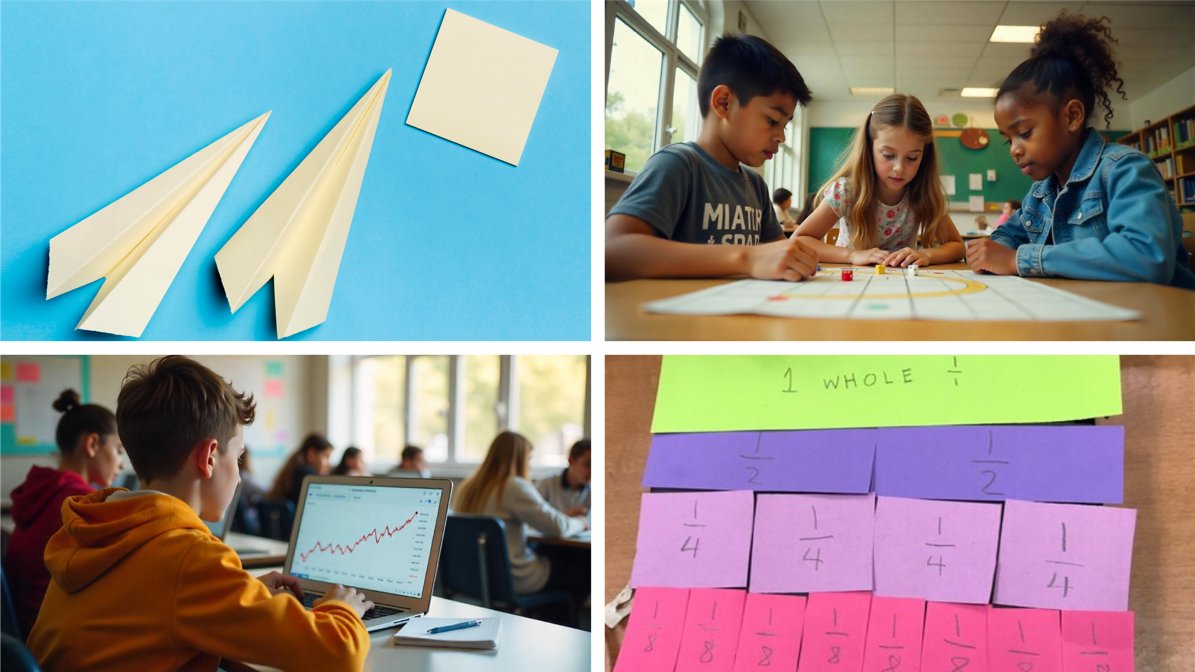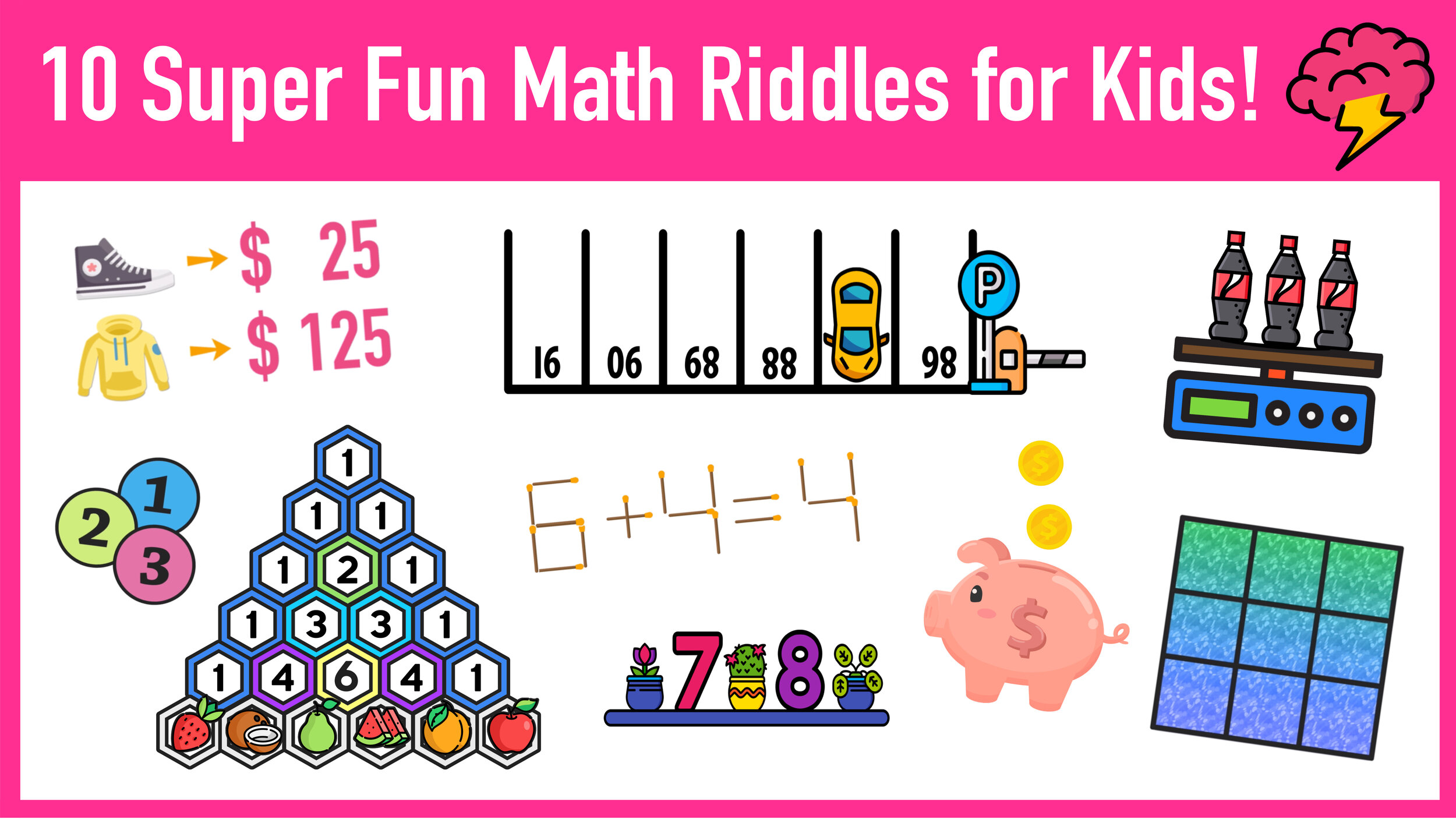Download Your Free Number Chart 1-100 and Hundreds Chart for Counting and Multiplication
The 100 chart is a useful visual math tool that displays all of the numbers from 1-100 in a ten-by-ten grid.
Students can use a hundreds chart to become familiar with the first hundred numbers, learn how to count from 1-100, and even learn how to multiply numbers 1-100.
If you are in need of a completed, blank, or semi-blank 100 chart, this page shares a variety of hundreds charts that are available as PDF files that are printable and easy to share. You can jump to any particular section of this page by clicking on the blue text links below.
Preview: Blank 100 Chart
Preview: Blank Multiplication Chart 1-100
Again, click any of the links above to jump to a desired section, or continue on for a short explanation of the various ways you can use a 100 chart to teach counting, number sense, or multiplication.
What is a Hundreds Chart?
In math, a hundreds chart (also known as a 100 chart), is a visual tool that utilizes a square grid to display the numbers 1-100 in terms of simple counting or for multiplication.
In the case of counting, a hundred chart is a ten-by-ten grid containing 100 total boxes (10 columns and 10 rows) where every number from 1-100 is written in each box in sequential order starting with 1 (in the first first box in the top-left corner) and ending with 100 (in the bottom-right corner). On the other hand, in the case of multiplying, a multiplication chart 1-100 is a ten-by-ten grid containing 100 total boxes represents the product of the corresponding column and row. In both cases, a hundreds chart is an awesome tool that you can use to practice counting numbers or multiplying numbers.
Figure 01 below shows a simple hundreds (number chart 1-100) chart that students can use to familiarize themselves with the numbers 1-100 and to also practice counting from 1-100.
Figure 01: How can a hundreds chart be used to practice counting?
Whether you are using a hundreds chart to help you students with learning numbers, counting, or even multiplication, a 100 chart can be a super useful tool for developing number sense and helping students to feel more comfortable about their understanding of math.
Here a few specific examples of how you can use a 100 chart to help students with math:
Basic Use: Learn to Count
The most basic application of a hundred chart is to help young students to learn how to count from 1-100. Learning the sequence of numbers starting with 1 and going all the way up to 100 is a foundational math skill that every student must learn. Students can use a 100 chart by pointing at the number 1 and counting out loud as they slide their finger to the next number as they go. The more students practice this routine of counting from 1-100, the more familiar they will become with the numbers and how to count.
Simple Multiplication: Skip Counting
While a 100 chart can be used exclusively learn how to multiply all the numbers from 1-10 by each other, it can also be used to teach the simpler skill of skip counting, which is a precursor to learning multiplication in the first place. Using a number chart 1-100, students can learn to skip count by 2s, 4, 5s, 10s, etc. The hundreds chart allows them to point to each number as they skip an equal number of boxes in between numbers, which will help them to identify patterns and become more familiar with skip counting, which is actually just repeated addition. Students can even go one step folder by coloring in boxes as they skip count (for example, when skip counting by 2, they would color in the boxes for 2, 4, 6, 8, 10, etc).
Number Sense: Identifying Patterns
A 100 Chart is also a great visual tool for identifying patterns and developing number sense. For example, students can use a 100 chart to easily see that all numbers ending in 0 are factors of 10, or that every other number starting with 1 is an odd number, etc. Students can start by identifying horizontal and vertical patterns, and then eventually start to look for diagonal patterns such as identifying perfect squares (which can be seen on a multiplication chart 1-100).
Learning Multiplication Facts
A multiplication chart 1 through 100 is one of the best tools that you can share with students to help them learn their multiplication facts (2x4=8, 6x6=36, 9x8=72, etc). We recommend using both types of hundreds charts for multiplication (completed and blank). Students can use the completed multiplication chart 1-100 to study their multiplication facts (index cards make a nice study companion in this case) and a blank (or semi-blank) multiplication chart 1-100 to practice their multiplication facts. When using a blank or semi-black hundreds chart, students have to fill in all of the empty boxes with the correct value.
The strategies for using a 100 chart to help students with math apply both in the classroom and at home. Just remember that a number chart 1-100 is much more than just a large grid of numbers. In truth, a hundreds chart is a simple, yet incredibly effect tool that young students can use to practice, learn, and eventually master the numbers from 1-100 in terms of counting, multiplying, and even identifying patterns and relationships between the numbers, which is a critical part of developing number sense.
Figure 02: How to use a semi-blank multiplication chart 1-100 to help students practice and learn their multiplication facts.
Now that you are more familiar with the various ways that a 100 chart can be used to help students with counting, number sense, and/or multiplication, you can download the hundreds chart that best meets the needs of your students. Simply visit each section below and click the blue text link of any 100 chart to download it as a printable PDF file.
Number Chart 1-100 for Counting
Hundreds Chart for Counting (Completed)
Completed 100 Chart
This first section shares two types of completes hundreds charts: one without color and one with color.
Preview: 100 Chart (No Color)
Preview: 100 Chart (with Color)
Hundreds Chart for Counting (Blank)
Blank 100 Chart
The next section shares two types of blank 100 charts.
Preview: Blank 100 Chart (No Color)
Preview: Blank 100 Chart (with Color)
Hundreds Chart for Counting (Semi-Blank)
Semi-Blank 100 Chart
Here are two different versions of a semi-blank 100 chart where students have to fill in the values for each empty box.
Preview: Semi-Blank 100 Chart (A)
Preview: Semi-Blank 100 Chart (B)
Multiplication Chart 1-100
Multiplication Chart 1-100 (Completed)
Multiplication Chart 1-100 (A)
There are two versions of the completed multiplication 1 100 chart:
Preview: Multiplication Chart 1 100 (No Color)
Preview: Multiplication Chart 1 100 (with Color)
Multiplication Chart 1 through 100 (Blank)
Multiplication Chart 1-100 (B)
There are also two versions of the blank multiplication 1 100 chart:
▶ Download Your Blank Multiplication 1-100 Chart (No Color)
▶ Download Your Blank Multiplication 1-100 Chart (With Color)
Preview: Multiplication Chart 1 through 100 (A)
Preview: Multiplication Chart 1 through 100 (B)
Multiplication Chart 1-100 (Semi-Blank)
Complete the Multiplication Chart 1-100
Here are two different versions of a semi-blank Multiplication 1-100 chart where students have to fill in the values for each empty box.
Preview: Complete the Multiplication Chart 1 100 (A)
Preview: Complete the Multiplication Chart 1 100 (A)
The Benefits of the 100 Chart
So, why does understanding the 100 chart in reference to counting, number sense, and multiplication matter so much? While a hundreds chart is a simple tool that elementary school students typically use to develop their math skills, the concepts behind the chart have implications ranging well into adulthood.
For starters, the fact that all of the values are sequential and structured in a way that makes it easy to understand their relationship to one another is a concept that one will often find in simple and complex data analysis. In many careers, you will likely need to be able organize data in visual ways in order deeply analyze it and draw evidence-based conclusions.
Additionally, there are entertainment-centered applications of a hundreds chart, including bing boards, Sudoku games, and football fundraisers where individuals purchase a blank spot on a grid in hopes of getting the numbers that correspond with the correct final score of a game.
Advanced versions of the humble 100 chart have implications well beyond the classroom, including the fields of project management, retail inventory management, and even tracking personal goals and progress. So, developing a strong understanding of a hundreds chart at a young age is a huge step along the path of being able to organize, plan, and keep track of numerical data in high school, college, and beyond!
What is an advanced application of a hundreds chart? Binary computer code is written using only 0s and 1s. (Image: Mashup Math FP)
More Math Resources You Will Love:
Free PDF Math Worksheets for All Grade Levels
Are you looking for free topic-specific PDF math worksheets with answer keys? Click here to access our complete worksheet library.
















